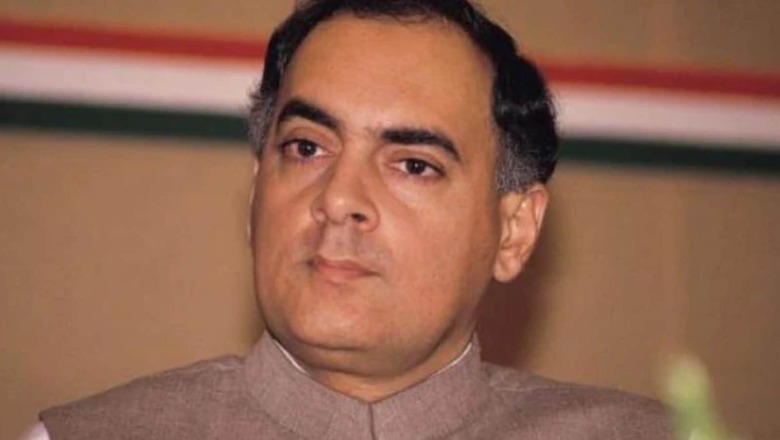
views
The day was drawing to a close on May 21, 1991, when Rajiv Gandhi, India’s youngest prime minister, who was then a former PM, arrived in the small town of Sriperumbudur in Tamil Nadu.
It was a cool summer evening, there was a festive air, and the fireworks were crackling.
The 46-year-old walked out of his white Ambassador car and headed towards a dais to deliver a speech.
Before the Congress leader reached the open field for his election rally, reporters saw him stop on the roadside near a memorial to his mother, former PM Indira Gandhi, assassinated in 1984. He placed a garland on the statue and continued on his way.
Heading towards the podium, Rajiv Gandhi smiled and waved. He was being garlanded by party workers and admirers.
From amidst the crowd, a 17-year-old girl emerged – Thenmozi Rajaratnam, also known as Dhanu. She garlanded Gandhi and bent down to touch his feet. She never got up. It was around 10.10 pm when Dhanu detonated an RDX explosive tucked below her dress. A massive explosion followed. Gandhi, Dhanu and 14 others were killed.
Here’s a timeline of events that followed:
May 22, 1991: A CB-CID team was constituted to investigate the case.
May 24, 1991: On request of the state government, then under President’s Rule, handed over the investigation to a Special Investigation Team (SIT) of the Central Bureau of Investigation (CBI).
June 11, 1991: CBI arrested 19-year-old AG Perarivalan. He was booked under the Terrorism and Disruptive Activities (Prevention) Act (TADA) like others accused in the case.
May 20, 1992: SIT chargesheeted 41 accused including 12 dead, three absconding, before a special TADA trial court in Chennai.
January 28, 1998: A total of 26 accused, including Murugan, Santhan, AG Perarivalan and Nalini were sentenced to death by the TADA court in Poonamallee, on the outskirts of Chennai.
May 11, 1999: The Supreme Court dismissed the appeal by the four and upheld the death sentence. The top court gave life sentences to three others and acquitted 19 accused in the case. It also struck down the TADA provisions from the Rajiv Gandhi assassination case. Nalini, Murugan, Santhan, and Perarivalan filed for clemency to the Tamil Nadu Governor, but the plea was rejected.
April 2000: The Tamil Nadu Cabinet, under the leadership of M Karunanidhi, recommended the governor to commute Nalini’s death sentence. Nalini’s death sentence was commuted to life by the Tamil Nadu governor based on an appeal by Congress president and Rajiv Gandhi’s widow Sonia Gandhi.
2001: Three death convicts, including Santhan, Murugan and Perarivalan, submitted their mercy pleas to the President of India.
2006: Perarivalan’s autobiography, An Appeal from the Death Row, claimed how he was implicated in the conspiracy by taking a confession under duress that he bought a battery to make the bomb.
August 11, 2011: The then president Pratibha Patil, rejected the mercy petitions after 11 years.
August 2011: The Madras High Court stayed the execution of the three death convicts who were to be hanged on September 9. Then Tamil Nadu chief minister J Jayalalithaa passed a resolution seeking to commute the death sentence.
February 24, 2013: Raising the issue of ‘double jeopardy,’ Justice K T Thomas, who headed the SC bench in 1999, said hanging them after 23 years would be unconstitutional. “This appears to be a third type of sentence, something which is unheard and constitutionally incorrect. If they are hanged today or tomorrow, they will be subjected to two penalties for one offence,” he said.
November 2013: Former CBI SP V Thiagarajan, who had taken the confession of Perarivalan in TADA custody, revealed that he altered it to qualify as a confession statement. He said Perarivalan never said he knew the battery he bought would be used to make the bomb.
January 21, 2014: The Supreme Court commuted the death penalty on Santhan, Murugan and Perarivalan to imprisonment for life.
2015: Perarivalan submitted a mercy petition to the Tamil Nadu governor seeking release under Article 161 of the Constitution. Later, he moved the Supreme Court after getting no reply from the governor.
August 2017: The Tamil Nadu government granted parole to Perarivalan, the first after his arrest in 1991.
May 2021: Perarivalan released on parole. The new DMK government kept extending the parole.
March 9, 2022: The Supreme Court granted bail to Perarivalan.
May 18: The Supreme Court ordered the release of Perarivalan, 31 years after he was arrested.
June 17: Madras High Court dismissed Nalini Sriharan’s plea for early release.
August 11: Nalini Sriharan approached the Supreme Court seeking early release from prison.
November 11: The Supreme Court ordered the release of the remaining six convicts, citing Perarivalan’s case.
(With agency inputs)
Read all the Latest India News here












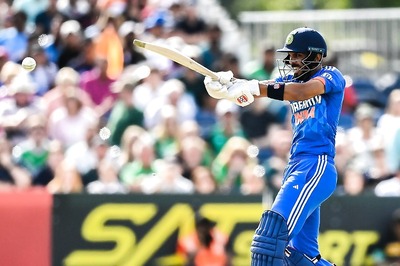
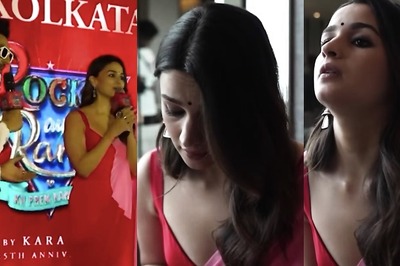

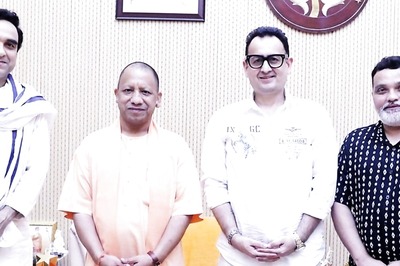
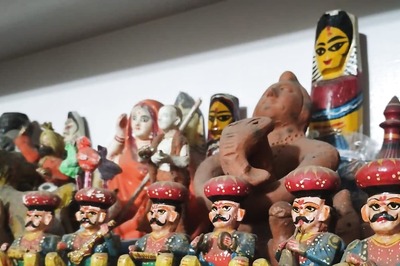
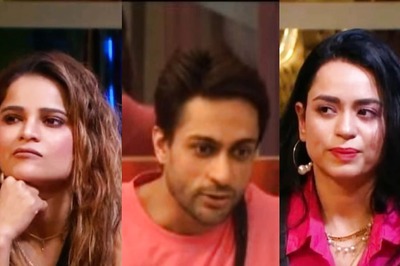
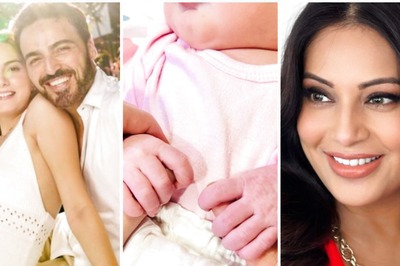
Comments
0 comment